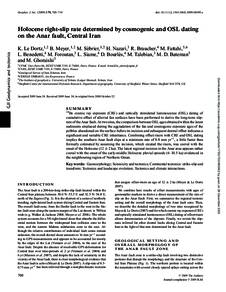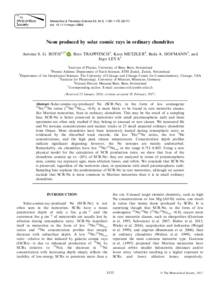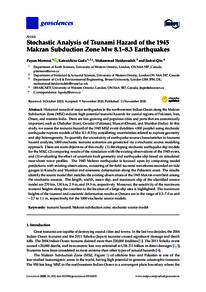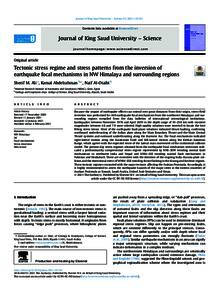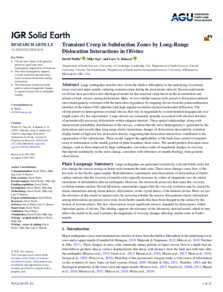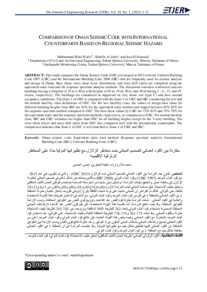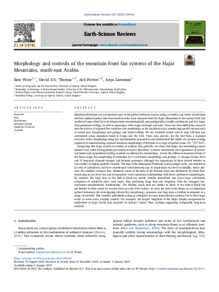وثيقة
Holocene right-slip rate determined by cosmogenic and osl dating on the anar fault, Central Iran.
المعرف
DOI: 10.1111/j.1365-246X.2009.04309.x
المساهمون
Meyer, B., مؤلف
Sebrier, M., مؤلف
Nazari, H., مؤلف
Braucher, R., مؤلف
Fattahi, M., مؤلف
Benedetti, L., مؤلف
Foroutan, M., مؤلف
Siame, L., مؤلف
Bourles, D., مؤلف
Talebian, M., مؤلف
Bateman, M. D., مؤلف
Ghoraishi, M., مؤلف
الناشر
Elsevier.
ميلادي
2009-11
اللغة
الأنجليزية
الموضوع
الملخص الإنجليزي
Be cosmic ray exposure (CRE) and optically stimulated luminescence (OSL) dating of cumulative offset of alluvial fan surfaces have been performed to derive the long-term slip-rate of the Anar fault. At two sites, the comparison between OSL ages obtained within the latest sediments emplaced during the aggradation of the fan and cosmogenic exposure ages of the pebbles abandoned on the surface before its incision and subsequent dextral offset indicates a significant and variable CRE inheritance. Combining offset risers with CRE and OSL dating implies the southern Anar fault slips at a minimum rate of 0.8 mm yr-1, a little faster than formerly estimated by assuming the incision, which created the risers, was coeval with the onset of the Holocene (12 ± 2 ka). The latest regional incision in the Anar area appears rather coeval with the onset of the early-middle Holocene pluvial episode (6-10.5 ka) evidenced in the neighbouring region of Northern Oman.
المجموعة
ISSN
0956-540X
URL المصدر
قالب العنصر
مقالات الدوريات

